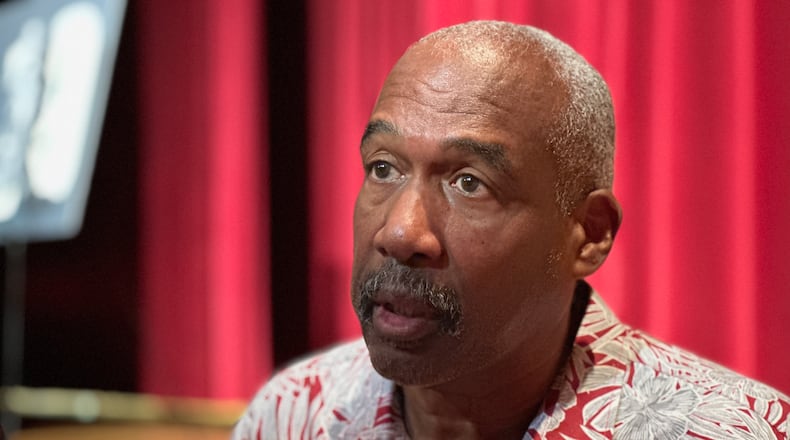Football still drives the discussion, but money is the main reason now.
The sport brings in most of it for modern college athletic departments such as Ohio State, and those with major football programs increasingly look different than those without them because they have much different bottom lines.
In a question-and-answer session to make his retirement last month, outgoing OSU director of athletics Gene Smith said he could envision a day when college athletes (some, likely not all) are compensated by the university in multiple ways.
They would continue to get money for room, board, tuition and potentially add line items for things such as name, image and likeness as well as a share of the athletics department revenue.
“There’s going to be some revenue share,” Smith said. “Obviously football is very much a part of that.”
Smith noted he would not be around to see how it all shakes out, but recent reporting indicates he might just barely beat those changes out the door.
According to ESPN and Yahoo! Sports, the NCAA and its major stakeholders (conferences and universities) are working to settle multiple lawsuits with an agreement that would lead to a formalized transfer of money from the organization and schools to players and define future methods of athlete compensation.
Per Yahoo! Sports, “Schools would have the opportunity to share millions in revenue with athletes with a spending limit similar to a professional sports team’s salary cap. Estimates put the amount at $17-22 million per program, though the amount could fluctuate. The figure was determined through a percentage (roughly 22%) of an average of Power Four athletic department revenue streams, most notably ticket sales, television contracts and sponsorships — not donations.”
The report also indicated being part of the group of schools that offer such payments could be optional, indicating the possibility of a further bifurcation at the highest levels of the sport given the vast disparity in income schools make now.
However it shakes out, Smith’s successor, Ross Bjork, and new Ohio State university president Ted Carter both have expressed a desire to be at the front of the pack as the next iteration of college athletics governance is developed.
“So we are a large, powerful organization within the D-I organization,” Carter said in January. “We should have a big voice in that, and we should be prepared to go into that. That’s why as we were looking for who is going to be the next athletic director here at Ohio State we needed somebody who has a vision and who has been in the arena. Ross has been on the NCAA Compliance committees, he’s a leader in the National Association of Athletic Directors, so he know the landscape as well as anybody, and I’m really excited about that.”
Credit: DaytonDailyNews
Bjork, like Smith, suggested any new model should remain tethered to education, but left no doubt big changes would and should be coming.
“We need to chart a new course of financial agreement between the athlete and the institution,” said Bjork, who officially takes over July 1. “We can call that whatever we want, but that’s where we’re going. We need to recreate that model, period. It’s past time to sit down with our athletes and understand what they want from this experience. Some may call that bargaining, negotiating. It’s called communicating, and it’s called coming up with the right plan. We need to deconstruct and recreate the antiquated NCAA governance and divisional structure. At a minimum, there needs to be consolidation of the highest-resource programs around a new financial and governance model. We either take action now or action will continue to be taken upon us.”
About the Author

